Most likely it's a Chinese-made primary-side regulated (PSR) constant-current flyback converter chip with internal MOSFET. It won't be easy to find the brand/model or even a datasheet, but there are numerous chips of this type in the market.
There's a 2R2 1% resistor. Probably it sets the output (LED) current.
M7 diodes (D1..D4) are kinda SMD equivalent of 1N4007. There are 4 of them. At first, I thought that they form a bridge rectifier because there are two white cables coming to that side (probably AC voltage input) and a big electrolytic capacitor (could be a few micro Farads, 400/450V). But the PCB tracks don't look like so.
D5 (couldn't read its model) could be either a part of the snubber block or rectifier diode coming from the aux winding for chip supply I don't see a small capacitor for this purpose, though. So I'm not sure what D5 does.
The 39k resistor to the ground probably determines the open (unloaded or maximum) output voltage, since (as you said) it's an LED driver. One of the main problems of constant-current LED drivers is LED disconnection which leads the output voltage to rise until the circuit breaks down. So the converter should sense and thus limit the output voltage. This helps to limit the output power as well since the internal MOSFET can easily thermally run away.
The secondary side is blocked by your thumb. So I can't make a guess. But I see an electrolytic capacitor, and probably there's a rectifier diode plus a bleeder resistor.




